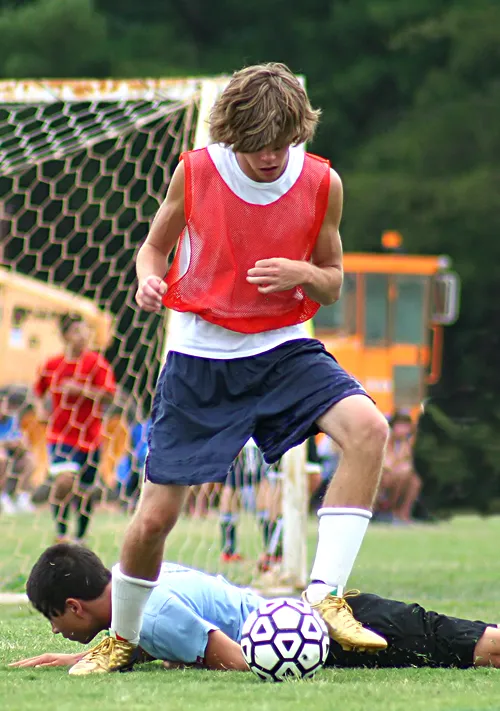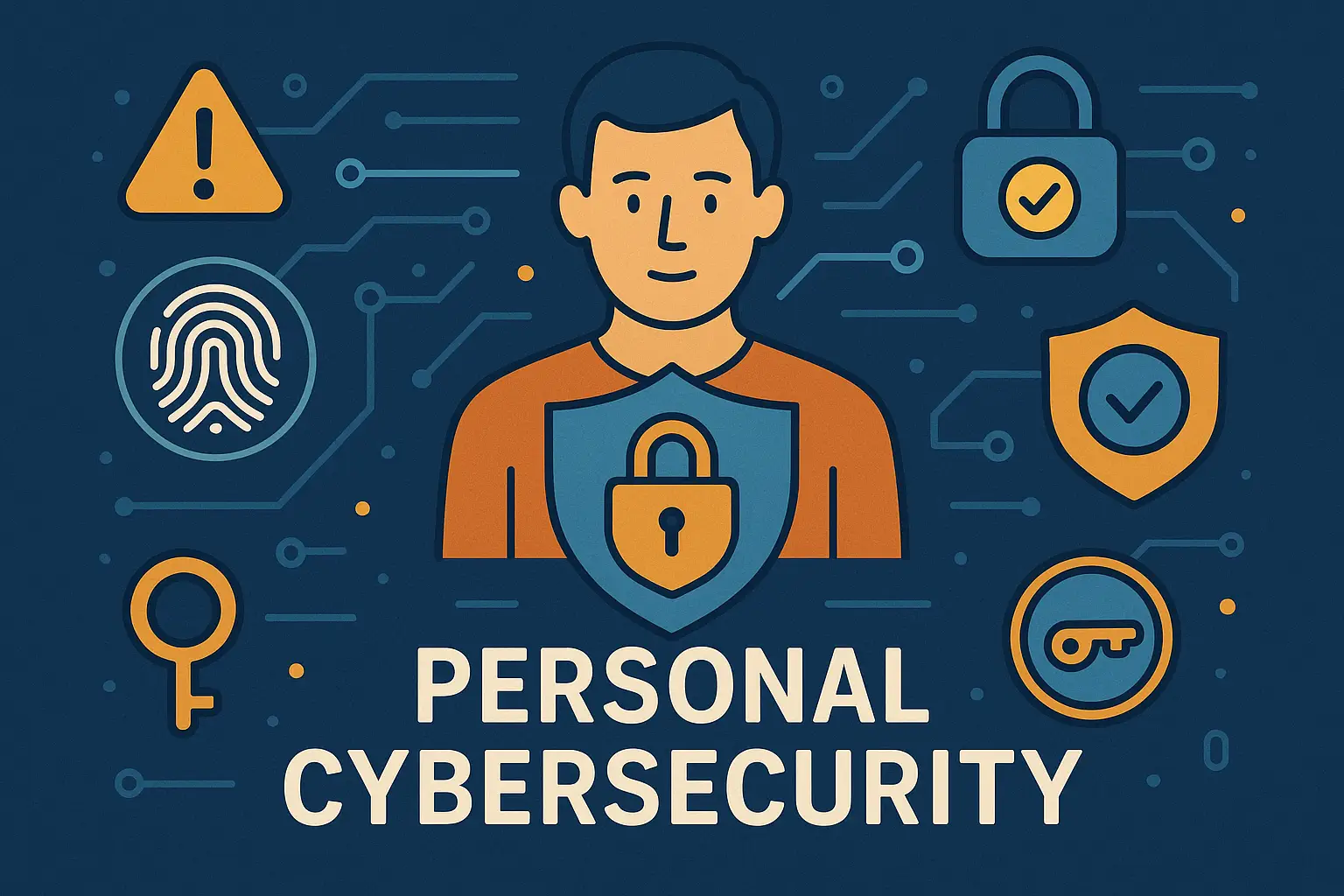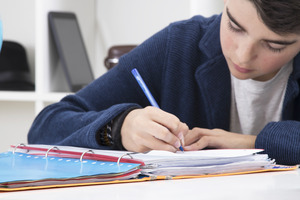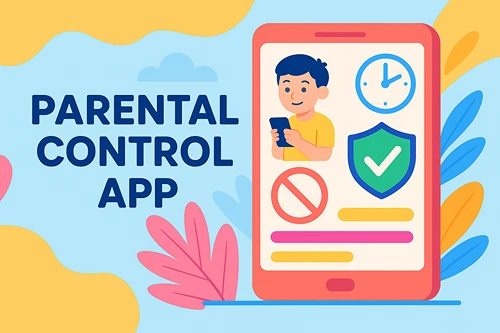Brain Injury Lawyer: School Sports Accident Rights
School sports programs, like football, boxing, or gymnastics, help nurture a child’s skills and overall development. Parents like you appreciate these kinds of activities, as they bring out the best in your children. So, whenever they head to practice or a game, there’s full trust that they’ll be fine and safe.
Now, the problem arises when an accident happens due to someone’s negligence or unsafe conditions. Even more so if it results in a serious injury like a concussion. The U.S. alone sees around 1.7 to 3.8 million traumatic brain injuries yearly, and about 10% of these are linked to sports and recreational activities. (1)
If you’re in this situation, it’s normal to feel worried and confused. But one thing is certain: your child is entitled to proper care and legal compensation. So, it’s important to know their rights and how to safeguard their well-being. Here’s what you need to do:
Get Medical Help Right Away
Your child’s health has to be the top priority here. The tricky thing about head injuries is that they don’t always show symptoms right after the accident. Don’t get complacent, even if your child looks fine, talking and acting normally. Sometimes, signs of brain trauma can develop or appear hours or days later.
To be safe, as well as minimize the chances of permanent disability, have your child checked by a medical professional as soon as possible. A thorough evaluation can detect hidden injuries and ensure they get the care they need before complications arise.
On top of that, those medical records can turn into powerful proof for legal claims. They document your child’s condition, the treatments given, and the impact of the injury. Each detail strengthens your side and makes it harder for the responsible party to dodge accountability.
File a Police Report
After seeking medical attention, it’s important to report the incident to law enforcement. This is your way of creating an official record of the incident, ensuring that every detail is documented accurately.
Keep in mind that you must file a police report in the city or jurisdiction where the incident took place. When you’re at the station, focus strictly on the facts and avoid adding assumptions. The goal is to ensure the report reflects an accurate and clear account of the incident. (2)
Also, officers might ask follow-up questions to clarify details or gather additional information. Just answer honestly and provide any supporting documents you have, such as medical records or witness statements.
Consult a Brain Injury Attorney
Once the medical treatments and police report are underway, the next step is to get guidance from the right legal professionals. And we’re not just talking about any lawyer here. You need a competent lawyer for brain trauma cases who knows how to navigate the complexities of these claims. Part of their role is to check medical records, interview witnesses, and dig into the details of how the accident happened.
The only challenge is finding the best legal advocate, which can be daunting. This is especially true since the industry keeps growing, with over 1.3 million active lawyers just in the U.S. today. (3)
To narrow your search process, here are critical qualities to look for:
Proven Track Record
A lawyer’s past work can tell you a lot about their expertise in handling your unique case. Check if they’ve successfully resolved cases involving concussions, traumatic brain injuries, school-related accidents, or any personal injury lawsuits.
Seeing a positive track record gives you peace of mind knowing they truly understand what your family is facing. More importantly, it means you have a much better chance of obtaining the outcome your child is entitled to.
Strong Communication Skills
Legal terms can get confusing. You may be overwhelmed with documents, policies, and statements from the school or insurance company.
That’s why it’s essential to look for a brain injury lawyer who communicates clearly, both with you and the other side. They should be able to explain things in plain language and keep you in the loop every step of the way.
And when it comes to dealing with schools or insurance companies, your lawyer needs to switch gears completely. That means being firm, persuasive, and making sure your child’s rights stay front and center.

Compassionate and Dedicated
The emotional toll for brain injury victims can be heavy. It’s even more painful and stressful for parents trying to deal with such a devastating incident.
So, it’s best to have a legal expert who offers more than just legal services. Opt for someone who genuinely understands the mental and physical burden your family is carrying.
Brain injury cases can test the patience, resources, and resilience of families. And your chosen brain injury attorney can at least help shoulder some of that burden. So, find someone who can guide you through each challenge with expertise and empathy.
Learn About Your Child’s Legal Claims
At this stage, you already know your child has the right to seek compensation. But what that actually covers isn’t always clear. Most people immediately think of medical bills, yet the reality is that a claim could extend beyond that.
Possible areas of compensation might include:
- Medical expenses: These include hospital bills, doctor visits, medical treatments, medications, and any future care related to the injury.
- Pain and suffering: Compensation for the mental distress and physical pain your child experiences as a result of the accident.
- Lost wages or educational impact: If the injury affects your child’s ability to attend school or your family’s ability to work, you may be eligible for compensation.
- Rehabilitation costs: These are the expenses for physical therapy, occupational therapy, or other specialized care needed for recovery.
Remember that each claim is unique, so a skilled attorney can help identify all the areas where compensation may apply.
Takeaway
It’s never an easy journey for parents like you facing the aftermath of a child’s brain injury. Nothing can describe the emotional exhaustion you feel. Still, knowing your legal rights can go a long way in ensuring the best outcomes for your case.
Make sure you take those crucial steps and work with an experienced brain injury lawyer. Doing so can make a meaningful difference in both your child’s recovery and the pursuit of justice.
References:
- “Sports-related Head Injury”, Source: https://www.aans.org/
- “Filing a Report”, Source: https://police.ucla.edu/
- “Growth of the legal profession”, Source: https://www.americanbar.org/










